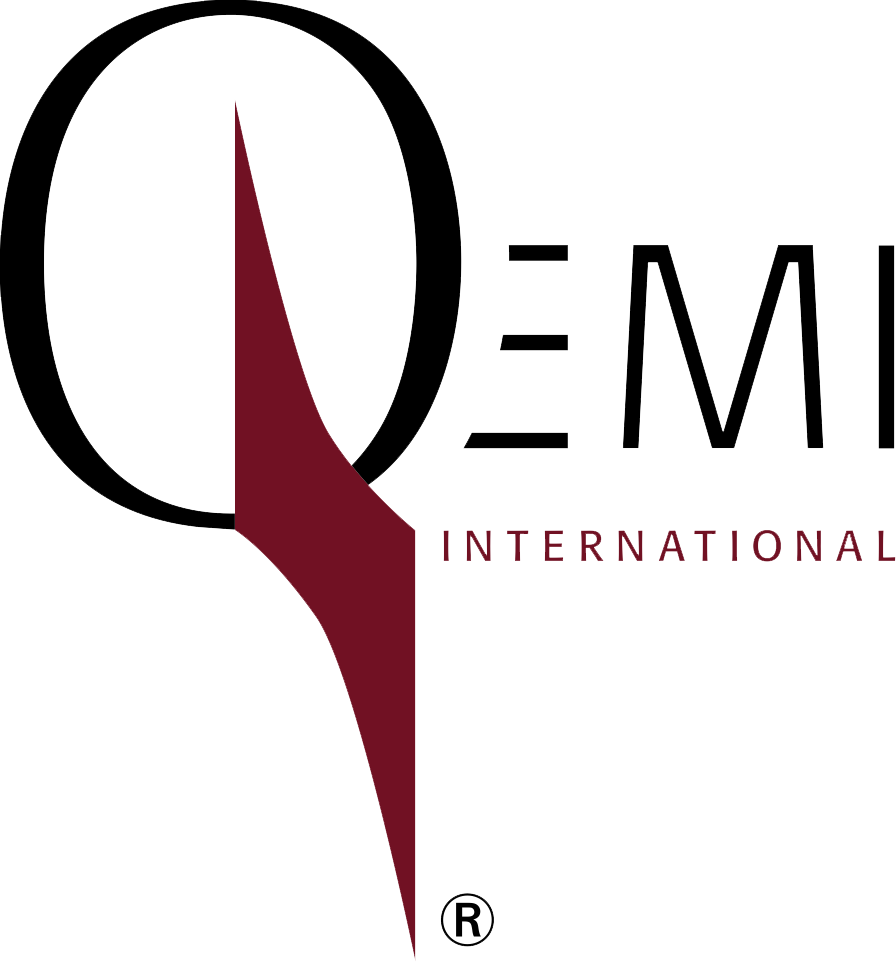Dissolved particles and substances are found in natural water. This may happen due to multiple reasons: erosion, decayed leaves, vegetation, domestic and industrial waste particles, etc. Moreover, there may be microorganisms like algae, bacteria, toxic compounds, disease-causing pathogens, and viruses in water.
This affects the water quality and may cause turbidity and discoloration, restraining its usage. Therefore, it is essential to remove them before use. These dissolved materials in water are separated and eliminated by coagulation and flocculation. These processes enhance the water clarity alongside decreasing the turbidity.
What Are Coagulation And Flocculation?
Coagulation and flocculation are two vital aspects of water treatment and wastewater management. Coagulation is the process of neutralizing the charges of the particles. It helps form a gelatinous mass of particles big enough to settle in the filter. It is often used alongside flocculation.
Flocculation is a process of accumulating the particles into large clusters known as flocs to be eliminated from the water— a standard water treatment method for wastewater and drinking water purification. Aluminum sulfate and ferric chloride are the common coagulants used.
How Do Coagulants And Flocculants Work?
A high-intensity, rapid movement is essential to diffuse the coagulant. It enhances particle collisions for better coagulation. Coagulants weaken or subvert the tiny, dissolved contents by static charge neutralization, and assists in distorting the electrostatic charges of dissolved components in water.
Coagulants dispense high-intensity charged molecules to water. This destabilizes the charges on dissolved particles or oily parts.
Flocculants are added in sequential phases to water. This causes the tiny particles in the club to have a more significant mass known as a floc, which eases the separation from the liquid. Flocculants are mostly polymers of aluminum and iron, and can be used based on the charge and composition of water. It may be used independently or with coagulants.
Coagulation and flocculation eliminate a massive quantity of both organic and inorganic compounds and suspended particles that interrupt with disinfection of water. This is the initial step in the water treatment process to transform into potable water. However, the pathogens or microorganisms may persist for which a small amount of chlorine is mixed to disinfect water. This ensures the safety of the water.
Conclusion
Water is an essential component of life. Water management in every aspect is vital for existence as the environmental scrutiny for water conservation is increasing day by day. Wastewater treatment and water management are inevitably necessary due to environmental distress.
Coagulation and flocculation are two prime aspects of the process which effectively cater to the water treatment. Purchasing a system may not be a practical solution. Nonetheless, hiring one may provide multiple provisions.
Qemi International offers customers a wide range of inorganic and organic
coagulants and flocculants for water treatment and management and any other liquid /solid separation process.
For further queries, Reach out to us.

